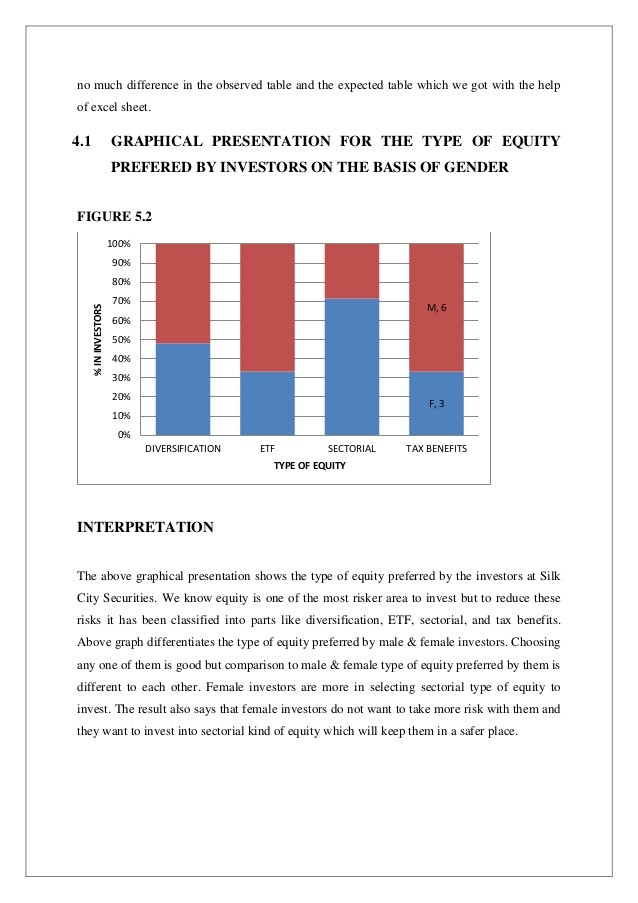Analyzing Mutual Funds For Maximum Return_1
Post on: 11 Апрель, 2015 No Comment

OVERVIEW
The fund seeks to maximize total rate of return and minimize investment risk through flexible active management using a credit-based, relative value investment strategy. The fund employs an absolute return-oriented and tax-efficient strategy that seeks to identify attractive long and short investment opportunities in the municipal and other credit markets.
THREE THINGS TO KNOW
- Portfolio exposures selected with a positive absolute return and downside risk-mitigation objective rather than a traditional index-oriented framework
- The strategy’s broad discretion allows the team to use its best municipal ideas unbounded by typical fixed-income benchmark constraints
- Internal credit analysts rate every credit held in the portfolio prior to purchase and on an ongoing basis, never relying on credit agencies ratings alone
Objective: The fund seeks to maximize total return (capital appreciation and income).
- PIMCO’s extensive macroeconomic and fixed-income research drives the portfolio’s long-term market view
- After major top-down strategies have been determined, individual securities are selected through bottom-up processes seeking to achieve attractive yields and targeted portfolio characteristics
- With the ability to short, the fund can exploit municipal market, interest rate hedging and credit spread duration opportunities
* The fund’s investment advisor is contractually obligated to waive a portion of its fees and reimburse other expenses until April 30, 2015, in amounts necessary to limit the fund’s operating expenses (exclusive of brokerage costs, interest, taxes, dividends, acquired fund fees and expenses, and extraordinary expenses) for Investor Class, Institutional Class, Class A, Class C and Advisor Class shares to an annual rate (as a percentage of the fund’s average daily net assets) of 1.79%, 1.44%, 1.94%, 2.39% and 1.49%, respectively. This expense limitation arrangement may not be terminated by the fund’s investment advisor prior to such date under any circumstances. Class A shares of the fund originally commenced operations on 12/29/06, were liquidated on 11/21/08, and were launched again on 09/01/10. The performance shown for any period beginning on or after 11/24/08 and lasting through 08/31/10 is that of the fund’s Investor Class shares adjusted to reflect the specific operating expenses applicable to Class A shares. The performance shown for any period beginning on or after 09/01/10 is that of the fund’s Class A shares.
RISKS
There are risks involved with investing, including loss of principal. Past performance does not guarantee future results, share prices will fluctuate and you may have a gain or loss when you redeem shares.
Borrowing for investment purposes creates leverage, which can increase the risk and volatility of a fund.
Debt securities are subject to interest rate risk. If interest rates increase, the value of debt securities generally declines. Debt securities with longer durations tend to be more sensitive to changes in interest rates and more volatile than securities with shorter durations.
Derivative instruments involve risks different from those associated with investing directly in securities and may cause, among other things, increased volatility and transaction costs or a fund to lose more than the amount invested.
Foreign securities, especially emerging or frontier markets, will involve additional risks including exchange rate fluctuations, social and political instability, less liquidity, greater volatility and less regulation.

Investing in lower-rated (“high yield”) debt securities involves special risks in addition to those associated with investments in higher-rated debt securities, including a high degree of credit risk.
Investing in a non-diversified fund involves the risk of greater price fluctuation than a more diversified portfolio.
Short selling involves additional investment risks and transaction costs, and creates leverage, which can increase the risk and volatility of a fund.
Alternative strategies typically are subject to increased risk and loss of principal. Consequently, investments such as mutual funds which focus on alternative strategies are not suitable for all investors.
30-Day SEC Yield is based on a 30-day period and is computed by dividing the net investment income per share earned during the period by the maximum offering price per share on the last day of the period.
30-Day Unsubsidized SEC Yield is computed by dividing the net investment income per share earned during the period, excluding expense waivers or reimbursements, by the maximum offering price per share on the last day of the period.
Barclays U.S. Aggregate Bond Index represents securities that are U.S. domestic, taxable and dollar denominated. The index covers the U.S. investment grade fixed-rate bond market, with index components for government and corporate securities, mortgage pass-through securities and asset-backed securities. These major sectors are subdivided into more specific indices that are calculated and reported on a regular basis.
Barclays U.S. Corporate High-Yield Bond Index covers the USD-denominated, non-investment grade, fixed-rate, taxable corporate bond market. Securities are classified as high-yield if the middle rating of Moody’s, Fitch and S&P is Ba1/BB+/BB+ or below.
Barclays U.S. Municipal Bond Index covers the USD-denominated, long-term tax-exempt bond market. The index has four main sectors: state and local general obligation bonds, revenue bonds, insured bonds and pre-refunded bonds.
Beta is a measure of risk which shows a fund’s volatility relative to its benchmark index.
Correlation is a statistical measure of the interdependence of two random variables that range in value from -1 to +1, indicating perfect negative correlation at -1, absence of correlation at zero and perfect positive correlation at +1.
A credit rating is an assessment of the credit worthiness of individuals and corporations. It is based upon the history of borrowing and repayment as well as the availability of assets and extent of liabilities.
Duration is a measure of the sensitivity of the price (the value of principal) of a fixed-income investment to a change in interest rates. Duration is expressed as a number of years.
Gross and net exposure measures how much a fund is exposed to market risk.
S&P 500 Index is an unmanaged index of 500 common stocks chosen to reflect the industries in the U.S. economy.
Standard deviation measures the degree to which a fund’s return varies from its previous returns or from the average of all similar funds.
One cannot invest directly in an index.
Effective November 13, 2013, PIMCO assumed direct management responsibility of the fund.
Advisor Class shares are available only to fee-based advisory platforms and retirement plans via omnibus accounts.














